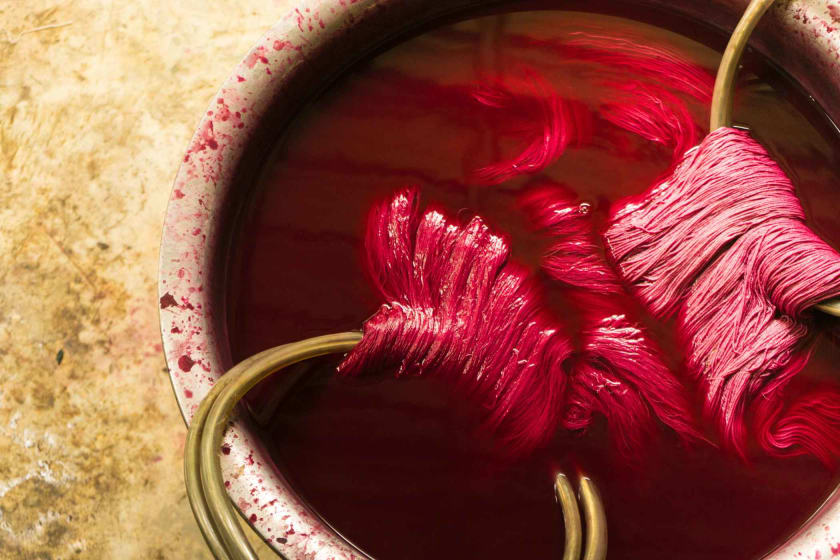light indigo color company


Trustworthiness in the ODM sector is enhanced by certifications and partnerships with reputable labs that can test for colorfastness and environmental impact. Engaging transparent partnerships with technology leaders in textile innovation boosts credibility. Offering clients detailed reports on the production process, demonstrating adherence to international quality standards, and ensuring compliance with safety regulations are indispensable practices. Innovative technology further aids this process, like AI-driven analytics, which optimize the dyeing process based on real-time data, ensuring precision and reducing waste. Furthermore, the integration of blockchain technology offers end-to-end transparency in the supply chain, allowing clients and consumers to trace the sourcing and processing stages of indigo dyeing. For anyone looking to specialize in the market, following the trajectory of indigo dye innovations—from traditional Japanese techniques like Shibori to advanced digital printing—can spark creativity and distinctiveness in product offerings. Analyzing market trends and consumer preferences through tools like Google Trends and leveraging high-quality images of finished goods in digital marketing can draw interest and establish a company's presence. An in-depth grasp of fixing indigo dye aligns an ODM with not just the technical expertise but also with the market's dynamic eco-trends and regulatory demands. In summary, experience, expertise, authority, and trust form the pillars that uphold an enterprise in mastering indigo fixing. They ensure the resulting dyes are visually striking, environmentally mindful, and consistently reliable, hence fostering a loyal and expanding customer base.
-
The Timeless Art of Denim Indigo Dye
NewsJul.01,2025
-
The Rise of Sulfur Dyed Denim
NewsJul.01,2025
-
The Rich Revival of the Best Indigo Dye
NewsJul.01,2025
-
The Enduring Strength of Sulphur Black
NewsJul.01,2025
-
The Ancient Art of Chinese Indigo Dye
NewsJul.01,2025
-
Industry Power of Indigo
NewsJul.01,2025
-
Black Sulfur is Leading the Next Wave
NewsJul.01,2025

Sulphur Black
1.Name: sulphur black; Sulfur Black; Sulphur Black 1;
2.Structure formula:
3.Molecule formula: C6H4N2O5
4.CAS No.: 1326-82-5
5.HS code: 32041911
6.Product specification:Appearance:black phosphorus flakes; black liquid

Bromo Indigo; Vat Bromo-Indigo; C.I.Vat Blue 5
1.Name: Bromo indigo; Vat bromo-indigo; C.I.Vat blue 5;
2.Structure formula:
3.Molecule formula: C16H6Br4N2O2
4.CAS No.: 2475-31-2
5.HS code: 3204151000 6.Major usage and instruction: Be mainly used to dye cotton fabrics.

Indigo Blue Vat Blue
1.Name: indigo blue,vat blue 1,
2.Structure formula:
3.Molecule formula: C16H10N2O2
4.. CAS No.: 482-89-3
5.Molecule weight: 262.62
6.HS code: 3204151000
7.Major usage and instruction: Be mainly used to dye cotton fabrics.

